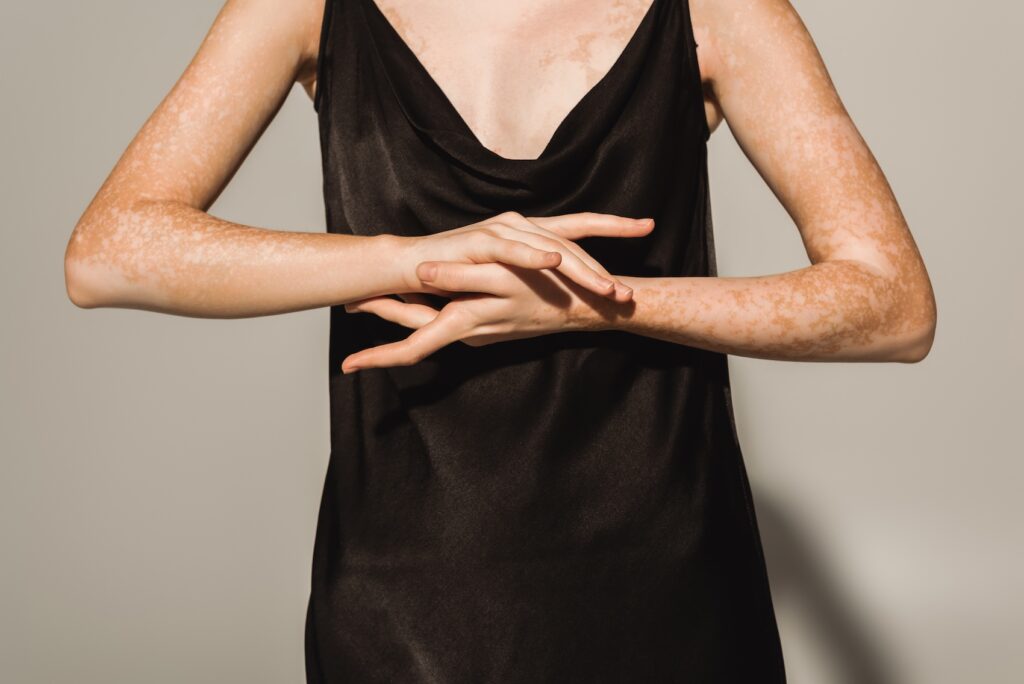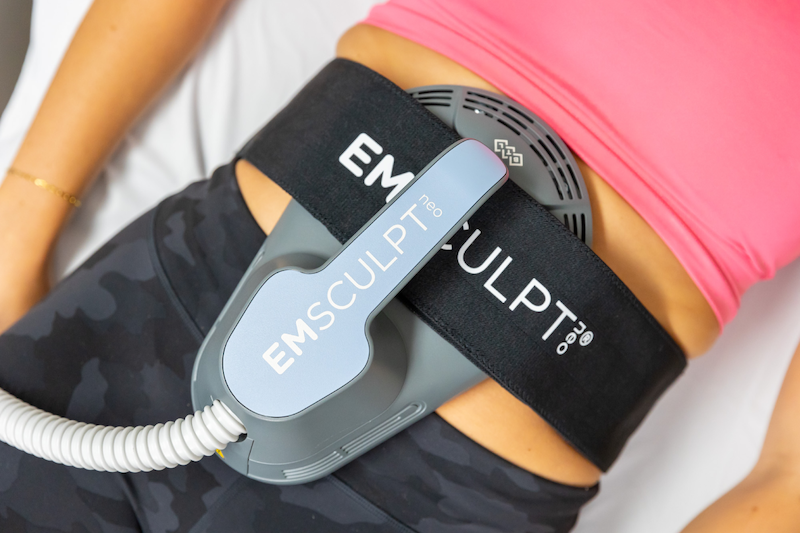
Hyperpigmentation is a skin concern that patients can experience at any time, but especially as their skin ages. At Shea Aesthetic Clinic, we know our patients in Knoxville and Oak Ridge, TN, want to enjoy skin that is smooth and evenly toned. We offer several different skin-lightening treatments that help with hyperpigmentation.
It is important to assess the underlying causes of hyperpigmentation before selecting a treatment approach. Factors like sun exposure, hormonal changes, and certain medications all contribute to this condition. By choosing a treatment that aligns with your situation, we work to improve the appearance of your skin.
What Is Hyperpigmentation?
Hyperpigmentation is when patches of skin become darker than the surrounding areas. It may occur in small spots, cover large areas, or affect the entire body. Many factors may contribute to darkening or uneven skin, such as lifestyle factors, injury, or hormones.
A Deeper Look At Skin Pigmentation
The Anatomy Of The Skin
The skin, which is the largest organ of the body, acts as a shield against environmental elements. It consists of three main layers: the epidermis, the dermis, and the subcutaneous layer. Located on the outer surface, the epidermis contains various cell types, such as keratinocytes that offer structural support and waterproofing, and melanocytes that generate melanin, the pigment that colors the skin.
The Role Of Melanin In Skin Color
Melanin is the pigment that gives skin, hair, and eyes their color. Produced by melanocytes in the epidermis, melanin helps protect the skin from the harmful effects of UV radiation by absorbing and dissipating sunlight. The amount and type of melanin distributed in the skin determine an individual’s skin color, ranging from light to dark shades.
Factors That Influence Melanin Production
Several factors alter melanin production, leading to changes in skin coloration. Extended exposure to sunlight stimulates an increase in melanin production, which often results in tanning or, in some cases, sunburn. Hormonal changes, particularly those related to pregnancy or hormone treatments, may also affect melanin levels, as will certain medical conditions and medications.
Types Of Hyperpigmentation
- Melasma: Melasma is characterized by dark, irregular patches commonly found on the forehead, cheeks, and upper lip. This type often develops due to hormonal changes such as those that come with pregnancy or the use of oral contraceptives.
- Sun Spots: Often referred to as liver spots or solar lentigines, sun spots appear as small, darkened patches on skin that has been frequently exposed to the sun. They are most commonly observed on the face, hands, and other areas frequently exposed to UV radiation.
- Post-Inflammatory Hyperpigmentation: This form of hyperpigmentation occurs after an inflammatory skin condition, such as acne or eczema, has healed. The resulting dark spots are left behind on the skin where the inflammation or injury had occurred, usually from an overproduction of melanin during the healing process.
Why Hyperpigmentation Occurs
Genetic Predispositions
Genetics partly determine who might experience hyperpigmentation. Individuals with darker skin tones naturally produce more melanin, which not only provides a deeper complexion but also predisposes them to various forms of hyperpigmentation. Other genetic traits lead to a heightened sensitivity to any of the triggers commonly associated with the condition.
Environmental Factors
Some people have more sun exposure than others because of occupation or recreation, which often leads to hyperpigmentation in exposed areas. Other environmental elements such as pollutants and toxins contribute to the development of dark spots by damaging the skin and altering its melanin production.
Lifestyle Factors
Various lifestyle choices impact the likelihood and severity of sun spots and other pigmentation issues. Frequent sunbathing or the use of tanning beds, poor skincare practices such as inadequate use of sunscreen, and picking at or popping acne, are all contributing factors.
Hyperpigmentation Across Different Skin Tones
Hyperpigmentation is different across various skin tones, influencing both the appearance and treatment approaches. In lighter skin, hyperpigmentation tends to appear as sharply defined, light brown spots that are notably distinct from the surrounding skin. In darker skin tones, the patches might be brown, gray, purple, or black and are often more challenging to treat without causing further pigmentation issues. Careful consideration must be given to treatment options for darker skin to avoid causing hypopigmentation or excessive lightening of the surrounding skin.
Hyperpigmentation Treatment Options
IPL Photofacials
Intense pulsed light (IPL) photofacials are a non-invasive option for treating the dark spots of our patients in Oak Ridge. This dark spot removal treatment uses light energy to penetrate the skin and break down melanin that causes discoloration. IPL is effective for facial areas, the neck, and the hands. The process helps even out skin tone by treating the deeper layers of the skin where hyperpigmentation occurs.
LaseMD Ultra Laser Treatments
The LaseMD Ultra Laser is a hyperpigmentation laser treatment that revitalizes the skin by lightening dark spots while also smoothing out fine lines and texture irregularities. This non-ablative fractional laser heats underlying skin tissues and stimulates regeneration without damaging the surface layer. It is a preferred choice for laser skin rejuvenation because of the minimal recovery time and effective results.
Chemical Peels
Chemical peels are another skin discoloration treatment that we use for our patients in Knoxville and Oak Ridge. They achieve brown spot removal by peeling the top layers of skin away. This is done through the use of a chemical solution. A chemical peel for hyperpigmentation enhances the overall skin texture while making the skin tone beautifully even.
Dermaplaning
Dermaplaning is mechanical exfoliation that is beneficial both as an age spot treatment and as a broader hyperpigmentation treatment. By carefully removing the top layer of dead skin along with fine hairs, it enhances skin absorption of topical products and promotes cell turnover. It is helpful as a regular addition to your skincare routine to prevent sun damage and improve overall skin tone.
Skincare Products
Our selection of skincare products from leading brands like SkinMedica®, Skinbetter Science®, SkinCeuticals®, and Revision Skincare® provides comprehensive skin pigmentation treatment options. Each brand offers unique formulations that support skin lightening and the reduction of hyperpigmentation. From the antioxidants in SkinCeuticals products to the advanced pigment correction in Skinbetter Science’s products, these topical treatments complement our in-office options to maintain and enhance the skin health and appearance of our Knoxville-area patients.
Find The Right Hyperpigmentation Treatment In Oak Ridge
At Shea Aesthetic Clinic, we leverage our 75 years of combined experience in aesthetics to address complex skin issues such as hyperpigmentation. With a focus on advanced laser treatments for pigmentation, chemical peels, proper skincare, and other effective methods, we strive to enhance your skin’s appearance. As one of the highest-rated medspas in East Tennessee, our 5.0-star rating with over 395 reviews on Google reflects our commitment to quality and patient satisfaction. For more information about our treatments in Oak Ridge and Knoxville, TN, please contact us online or call (865) 737-1709.

